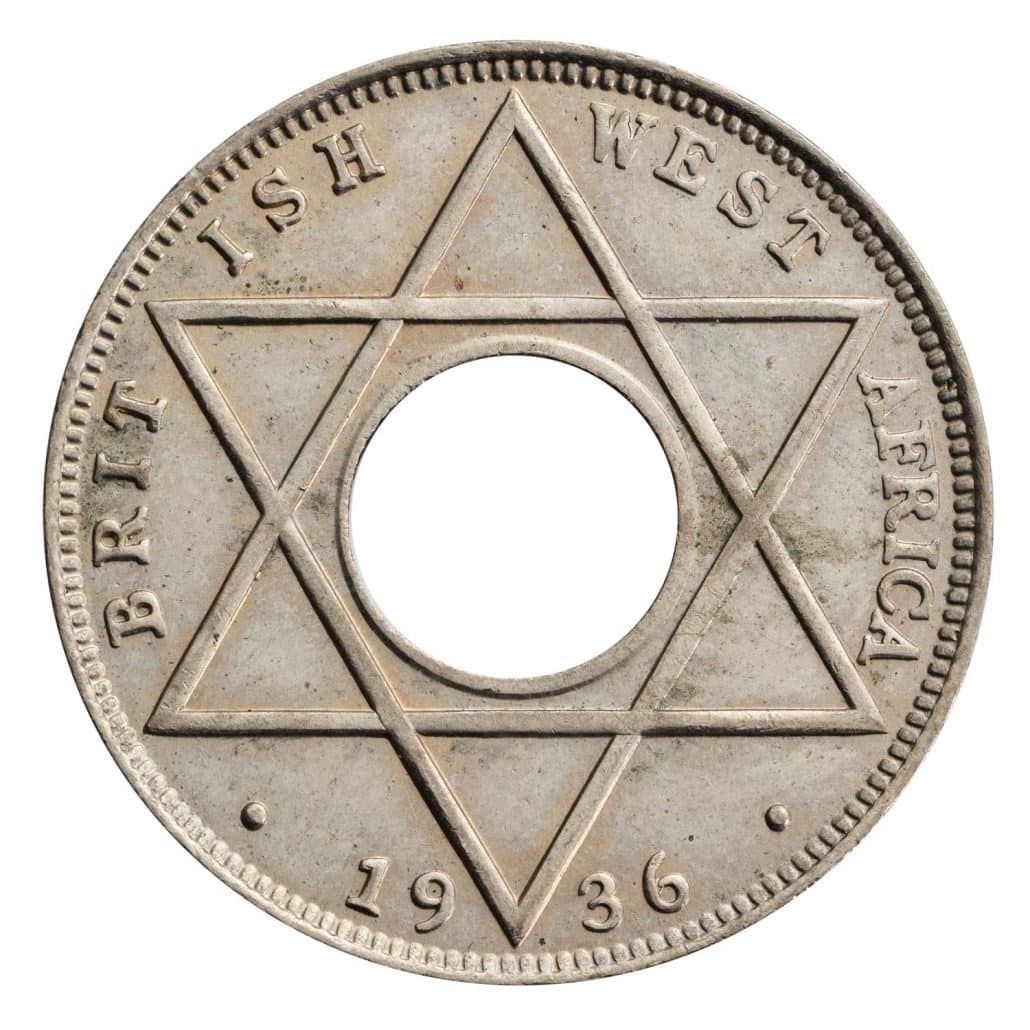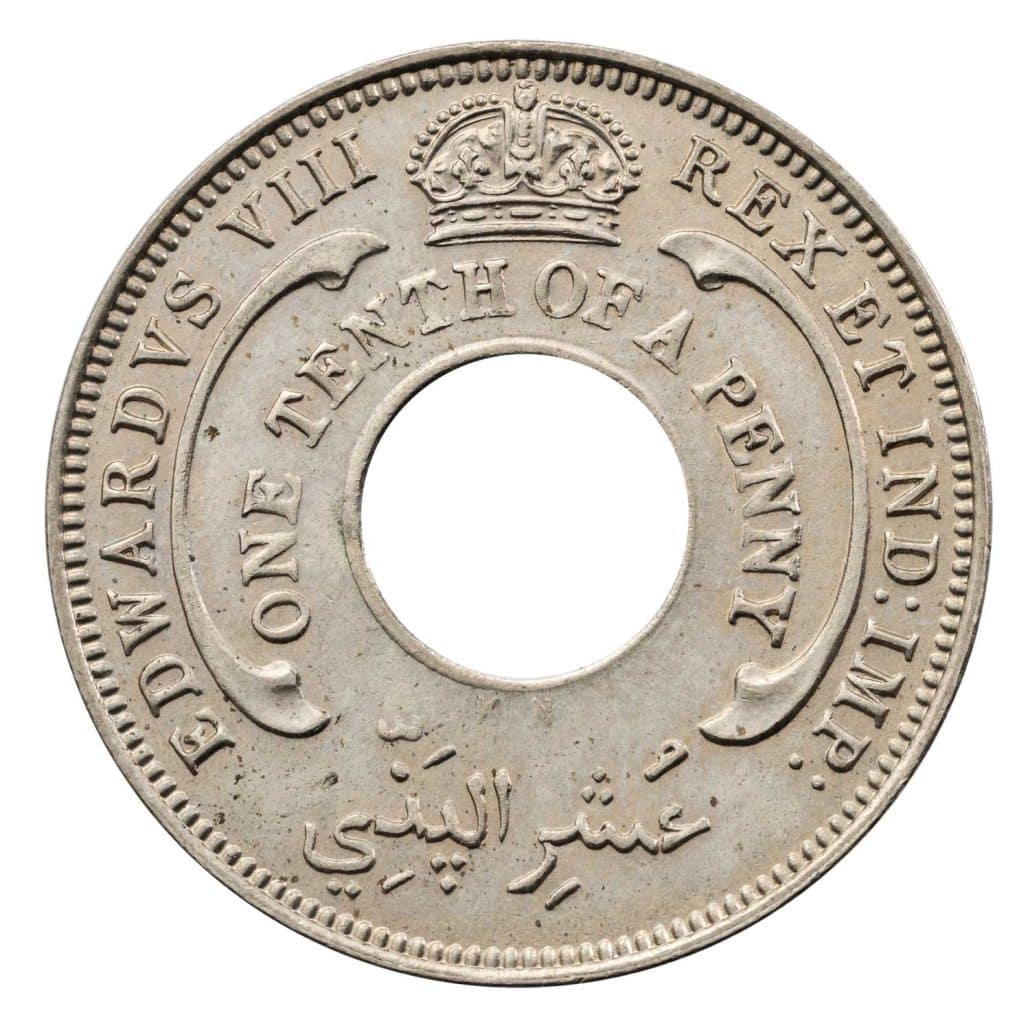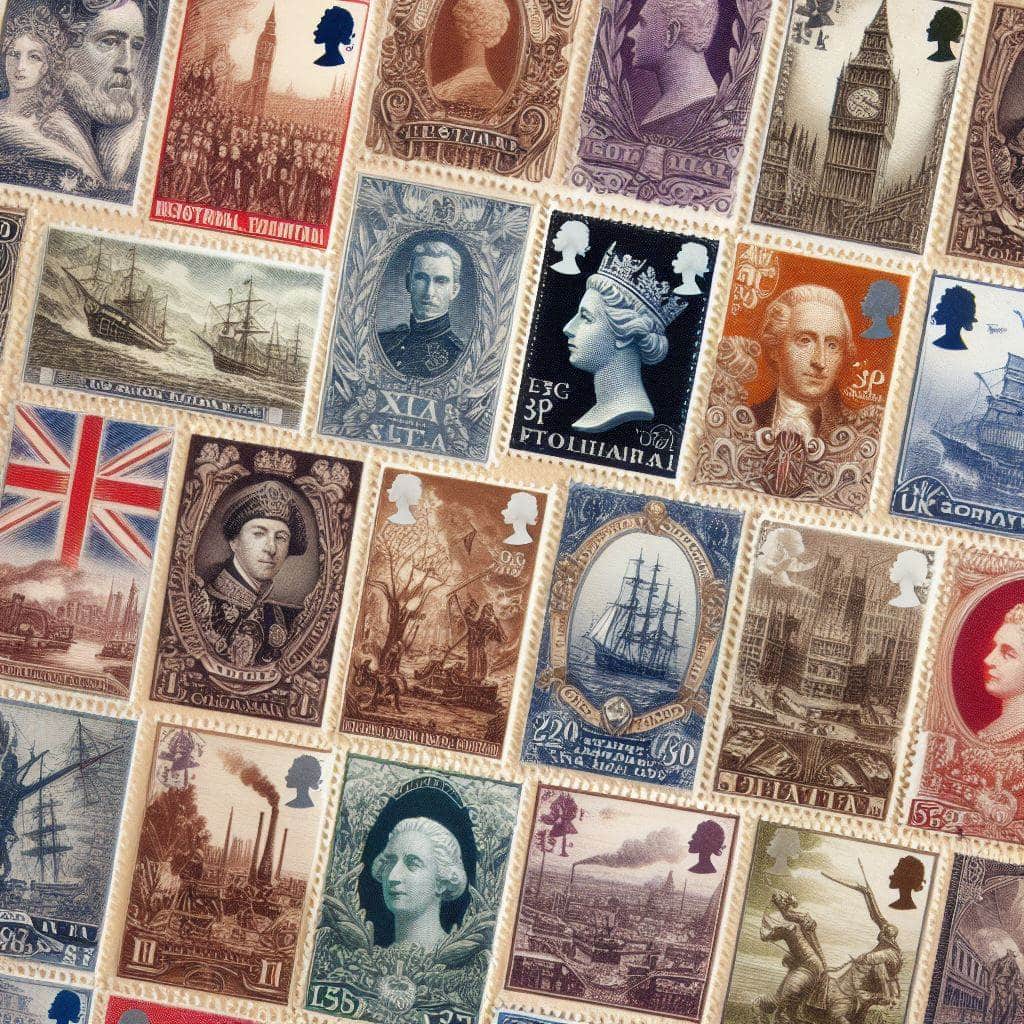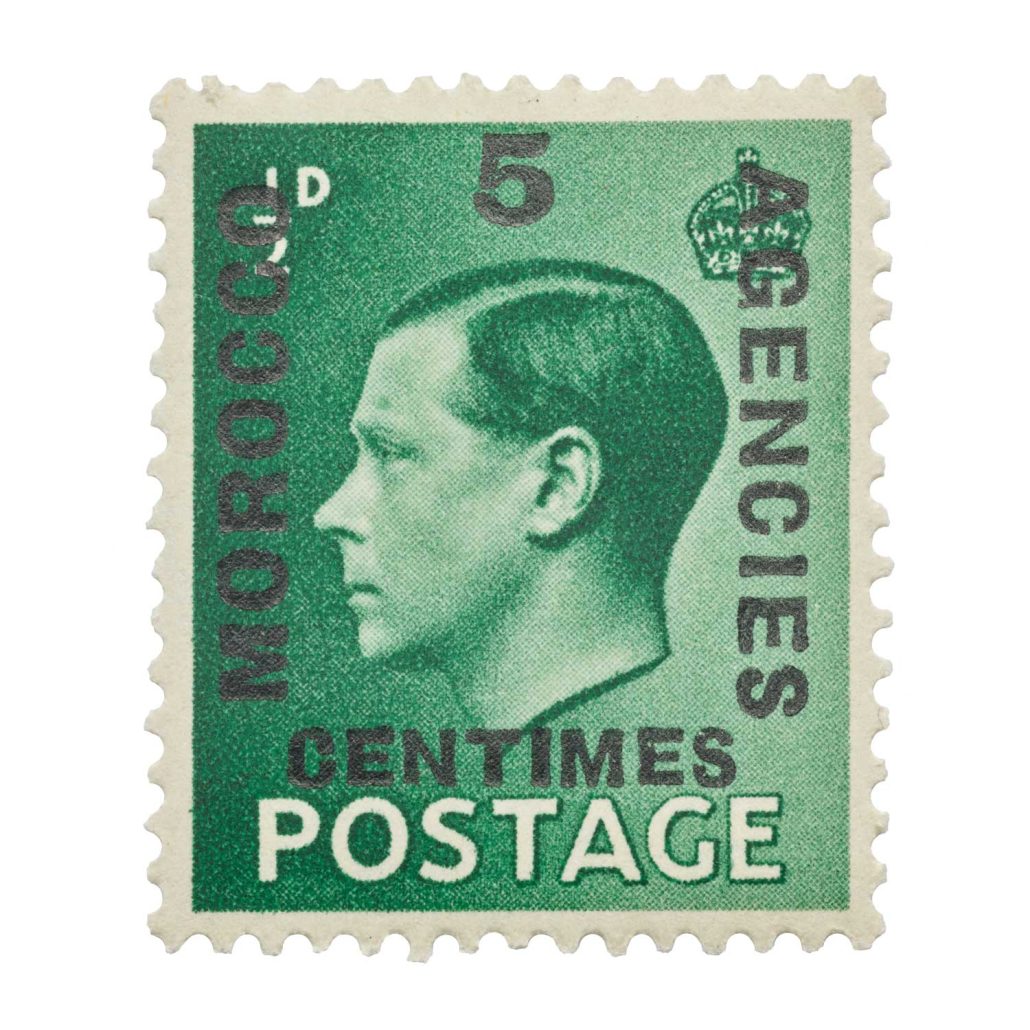Edward VIII’s reign in 1936 was notably brief, yet his legacy endures through the fascinating world of Edward VIII Stamp and Coin collection. Despite his abdication to marry Wallis Simpson, the stamps and coins from his era became cherished collectibles, featuring designs that capture a unique moment in British history.
This article delves into the captivating history of Edward VIII coins and stamps, their rarity and significance, as well as their distinct designs and features. Whether you’re a seasoned collector or new to the realm of philately and numismatics, this guide offers a comprehensive exploration of Edward VIII’s memorabilia.
The History of Edward VIII Coins and Stamps
Edward VIII’s abdication in 1936 resulted in a distinct legacy embodied by coins and stamps, some of which were never circulated and became coveted collectibles. Notably, the UK refrained from issuing Edward VIII coins for general use, except for a 1936 1/10th penny minted for overseas utilization, particularly in British West Africa, showcasing the expansive influence of the British Empire. Conversely, Edward VIII stamps, like the green halfpenny stamp designed by Hubert J Brown and issued on 1 September 1936, entered circulation. The stamp, overprinted with ‘MOROCCO AGENCIES’ for use in British post offices in Morocco, highlighted the pervasive reach of British postal services.
Despite the non-issuance of Edward VIII coins in the UK, pattern pieces were prepared, with the Royal Mint Museum holding a premier collection. In 1970, the discovery of 49 coins in a sealed cardboard box added intrigue to Edward VIII’s coinage. Furthermore, Fiji and the Indian princely state of Kutch issued coins bearing Edward VIII’s effigy in 1936, augmenting the rarity and importance of these collectibles. The auction of an Edward VIII sovereign for £1 million in 2020 emphasized the elevated collector value of these rarities.
In contrast, Edward VIII stamps were circulated from 1936 onwards, although their collector value remains relatively modest due to widespread public preservation. Nevertheless, the narrative behind the stamps, from their commissioning upon Edward VIII’s ascension to the throne to public involvement in their design, reflects the dynamic interplay between monarchy, public institutions, and citizens. The utilization of photogravure in stamp production underscores technological advancements of the era.
Rarity and Significance
The rarity and significance of Edward VIII stamp and coin collections arise from the unique historical context of his reign. Edward VIII coins, never released for public circulation, constitute a numismatic enigma. The scarcity of these coins primarily results from Edward VIII’s abdication and the subsequent melting down of most UK coins, leaving only a handful in existence. Record-breaking sales figures, such as the 2020 Edward VIII sovereign fetching £1 million and a five-pound gold coin reaching $2,280,000 in 2021, demonstrate this rarity.
In contrast, Edward VIII stamps were issued and remained on sale for months, even after his abdication. Many were saved by the public for commemorative purposes, reducing their rarity but not their collectability. The valuation of these stamps reflects their historical significance and the quality of their preservation. For instance, the 1½d Red-brown imprimatur pair, valued at £13,500, showcases its pristine condition and the ‘NPM IMPRIMATUR‘ handstamp on the reverse. Similarly, the 1d Scarlet imprimatur, in superb unmounted mint condition, commands a price of £12,000.
Comparative Rarity:
Coins:
Stamps:
- 1½d Red-brown imprimatur pair: £13,500
- 1d Scarlet imprimatur: £12,000
- Block of four 4d King Edward VIII Accession Essays: £6,000
- Newfoundland 1932-38 4c ‘Prince of Wales’ stamp: £140
The contrast in the rarity and value between Edward VIII’s coins and stamps underscores the unique circumstances of his reign. While the stamps are collectible due to their historical narrative and the quantity preserved by the public, the coins’ scarcity and the stories behind their limited existence emphasize their exceptional value.


Design and Features
The design elements of Edward VIII’s coins and stamps are a testament to the era’s artistic and technological advancements.
- Coins:
- The obverse features a portrait of Edward VIII, showcasing the monarch’s profile in exquisite detail.
- On the reverse, the St. Edward’s Crown is prominently displayed, symbolizing the monarchy’s enduring legacy.
- Stamps:
- Central portrait: Edward VIII’s image is at the heart of each stamp design, captured with remarkable clarity.
- Denomination and Value: Figures and words spell out the stamp’s value, ensuring practicality alongside aesthetic appeal.
- Decorative Elements: The Crown in the top right and the words ‘POSTAGE’ and ‘REVENUE‘ framing the portrait, add a regal touch.
- Watermark: A crown and ‘E8R‘ watermark, a unique feature enhancing the stamps’ security and collectibility.
- Issue Dates: The issuance of the ½d green, 1½d brown, 2½d blue, and 1d red between 1st and 14th September 1936 marked significant moments in philatelic history.
These design features not only reflect the era’s artistic sensibilities but also the technological prowess of the time. The stamps, inspired by Hubert J. Brown’s submission and printed by Harrison and Sons, showcase the sophistication of photogravure printing. Meanwhile, the coins, with their detailed portraiture and symbolic imagery, stand as a numismatic marvel. The rarity and value of these pieces, such as the £348,000 Penny Black, the £45,000 1937 Edward VIII Brass Threepence, and the £72,000 1933 George V Penny, underscore their significance in the world of collectibles.
Conclusion
The exploration of Edward VIII’s stamp and coin collections uncovers a fascinating chapter in numismatic and philatelic history, marked by the rarity and significance of these items. The brief reign of Edward VIII, etched into history through his abdication, gave rise to collectibles that reflect a unique moment in time, combining the allure of what could have been with the historical realities of his era. These pieces not only offer a glimpse into a transitional period in British history but also serve as a testament to the enduring legacy of monarchy and its influence on collectibles.
As collectors and enthusiasts delve into the world of Edward VIII stamps and coins, they engage with a narrative that extends beyond the mere physicality of these items. The rarity of the coins, juxtaposed with the more widely circulated stamps, and their intricate designs, underscore the multifaceted relationship between history, art, and collection. The pursuit of these collectibles is not merely an act of acquisition but a step into the broader dialogue of preservation and appreciation of historical legacies, encouraging further exploration and valuation of such rare finds in the vast expanse of collectibles.

